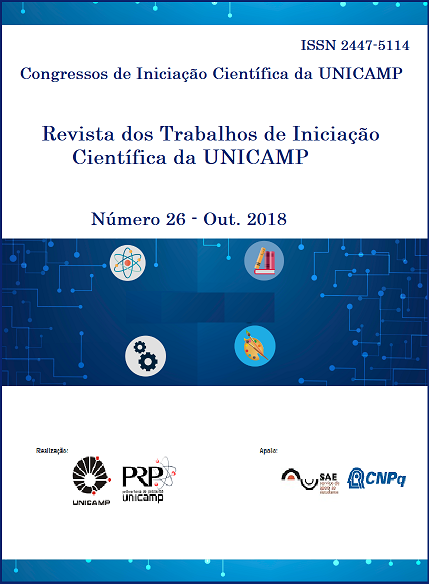Resumo
The aim of this study was to analyze metabolic responses, energy expenditure per systems (EE, %) and total energy expenditure (TEE, kcal) after an acute session of continuous endurance training (ET) and high-intensity interval training (HIIT). Eleven healthy young men (21 ± 3 years; BMI: 21 ± 3 kg.m-2), performed three experimental sessions in random order: ET (40 min at 70% of heart rate reserve - HRR), HIIT (40 min, 5 min of warm-up + 5 sets of 4 min at 90% HRR, with 3 min at 50% HRR); and control session (CO, 40 min sitting at rest). Venous blood samples were collected Pre and Post each experimental session to through metabolomics (H1 NMR spectroscopy); and blood from the distal surface of the finger Pre and Post 1, 3, 5 e 7 min of each session to analyse energic systems and energy expenditure (EE) through the GEDAE-LaB software. Discriminant metabolites of metabolic responses between each session were identified using specifics softwares. ET and HIIT presented similarly higher TEE compared to CO (P < 0.01), however, ET presented higher relative contribution of aerobic metabolism compared to HIIT (P < 0.01), while HIIT presented higher relative contribution of anaerobic lactic. These findings demonstrate the role of manipulating exercise intensity and alter the relative contribution of metabolism to produce energy (e.g.: increase anaerobic lactic metabolism during HIIT and aerobic metabolism during ET) to increase the overall metabolic response after work exercise.
Todos os trabalhos são de acesso livre, sendo que a detenção dos direitos concedidos aos trabalhos são de propriedade da Revista dos Trabalhos de Iniciação Científica da UNICAMP.

